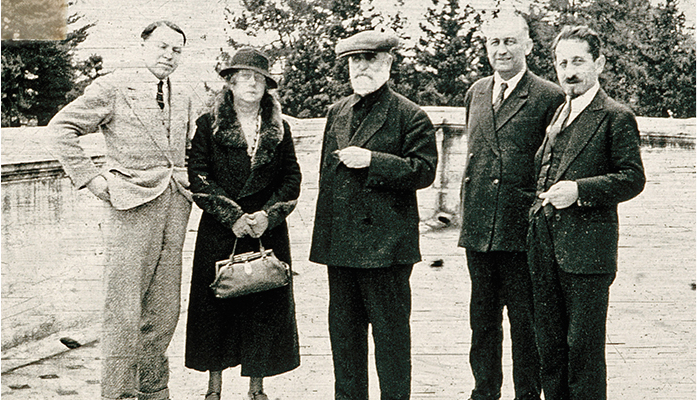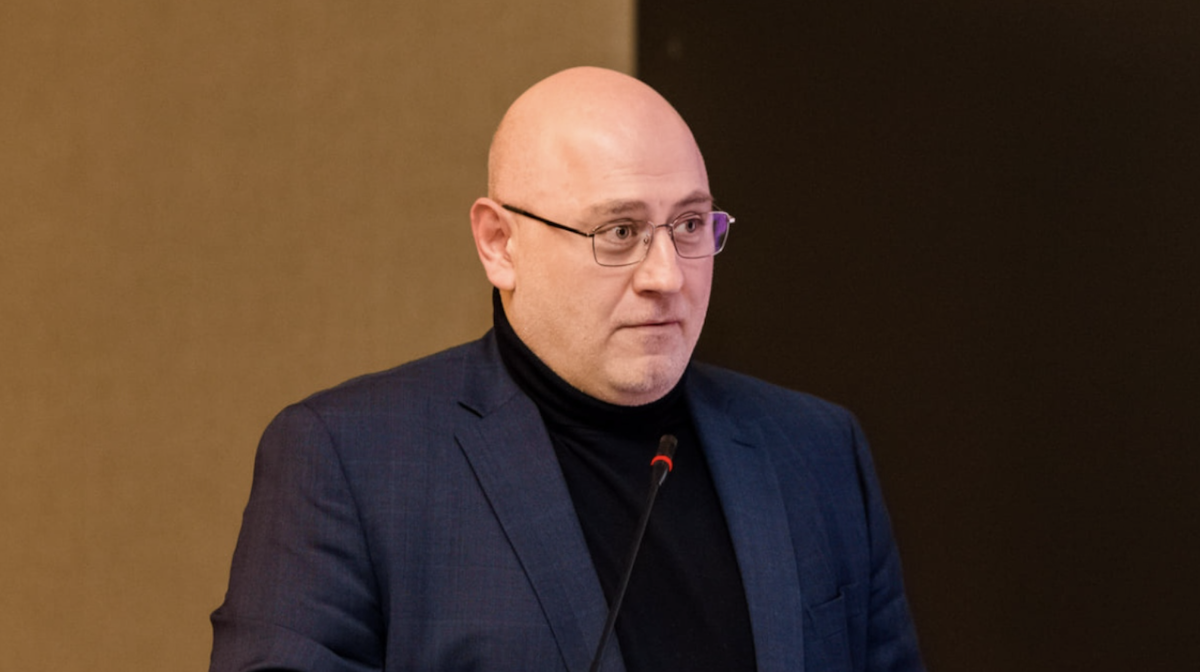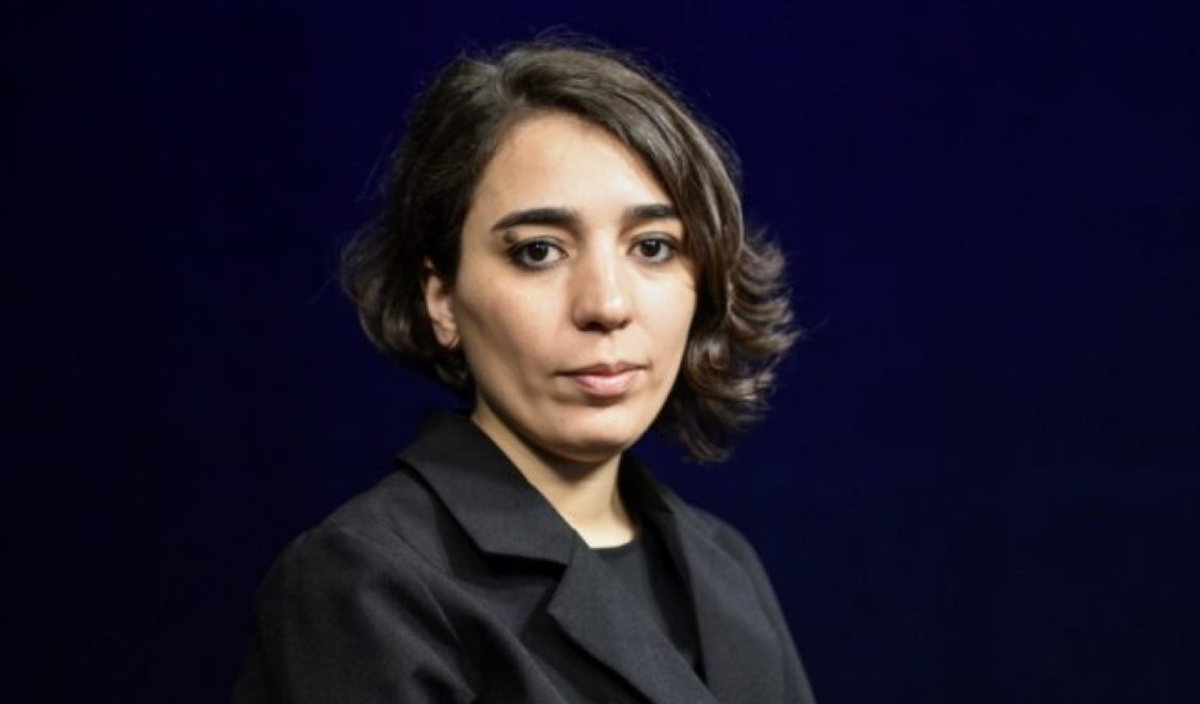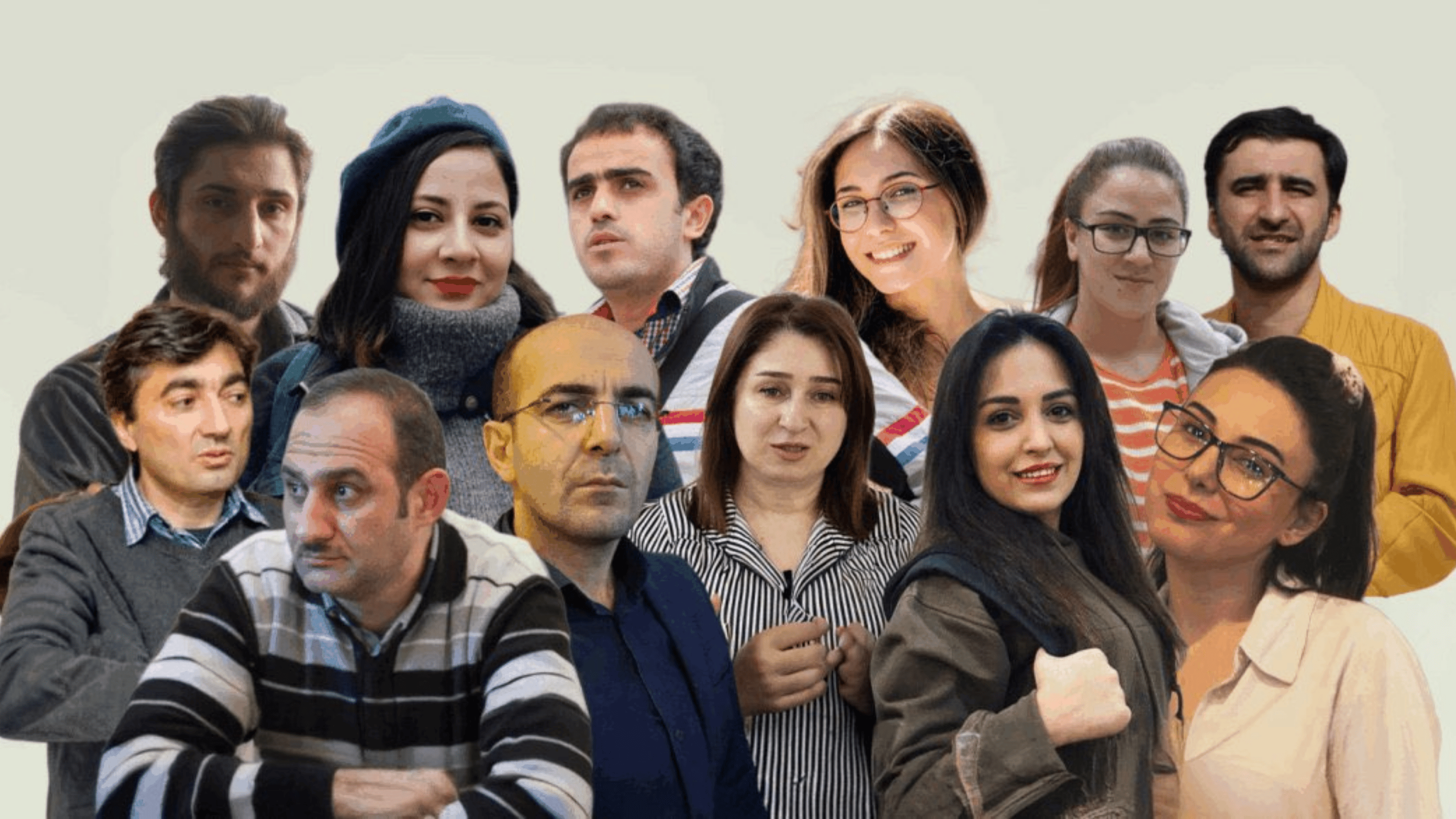Belgian woman saved by bacteriophage discovered in Tbilisi
Institute of Bacteriophages in Georgia
On January 17, 2022, an article was published in the Nature Communications scientific journal in which doctors tell a long history of treating one very difficult patient.

In 2016, a 30-year-old woman was injured in a terrorist attack at Brussels airport. She developed a severe infection at the site of her hip fracture that went unresolved for years. The woman’s body became resistant to all antibiotics. Finally, when all the ways were tried, the doctors used a bacteriophage sent from Tbilisi.
Phage therapy is a complex and completely unexplored method of fighting bacterial infections, which was started almost a hundred years ago by the Georgian scientist Giorgi Eliava.
At that time, high hopes were pinned on him, but then the mass production of antibiotics made everyone forget about the existence of bacteriophages.
However, today, when medicine is entering a new stage of development, and the problem of bacterial resistance to antibiotics is escalating, this method still attracts attention.
Here is the story of one patient who was saved by a phage found in a sewage sample in Tbilisi.
In 2016, a bloody terrorist attack took place at Brussels airport, during which up to 350 people were injured.
Among them was a thirty-year-old woman. After partial amputation of the pelvis and fixation of the femur, the patient’s condition was regarded as stable. However, within four days of her treatment with antibiotics, she went into septic shock, a life-threatening reaction to the infection. In a sample taken from inflamed tissues, the bacteria Enterococcus faecium, Pseudomonas aeruginosa, Enterobacter cloacae and Klebsiella pneumoniae were found. Doctors prescribed a long course of large doses of a wide range of antibiotics, which lasted a total of more than two years.
Gradually, the patient developed adverse reactions to antibiotics, the transplanted muscle fragment began to die (necrosis), the patient developed various complications, including persistent high fever, hearing loss, impaired kidney function, also accompanied by mucormycosis, a severe but serious infection that causes serious complications – damage to the skin, lungs, gastrointestinal tract and other systems.
The main problem was the bacterium Klebsiella pneumoniae, which medicine could not resist. It was then that, as an experimental and practically last resort, the doctors decided to try phage therapy, for which they turned to colleagues from the Tbilisi Institute of Bacteriophages, Microbiology and Virology named after Giorgi Eliava.
Medicine from Tbilisi
The phage, which finally managed to cure a woman injured in a terrorist attack in Belgium, arrived from Georgia.
According to a scientific article, specialists from the Institute of Bacteriophages, Microbiology and Virology named after Giorgi Eliava obtained it from wastewater samples from Tbilisi.
- ‘Infected mosquitoes from an American plane’ – Moscow demands inspection of Lugar lab in Tbilisi
- The scandal with wings – South Ossetia claims to have uncovered another conspiracy between Georgia and the United States
During screening, this phage showed the highest efficacy against Klebsiella pneumoniae. When bacteria taken from a patient were introduced into the culture, after 35 minutes the virus penetrated into the cell, where it began to multiply, and within 8-10 minutes the virus was able to destroy bacterial cells.
The ethical committee of the Belgian hospital approved this use of experimental phage therapy back in November 2016, and the patient also signed an informed consent to the experimental treatment. However, doctors for a long time could not come to a consensus on whether such therapy could be used.
In February 2018, when 702 days had passed since the terrorist attack, it was finally clear that antibiotics did not work. Then the doctors decided to start phage therapy.
Since there was no consensus among doctors about the intravenous administration of the virus and, in general, pharmacological data on this type of therapy were extremely scarce, phages were introduced into the patient’s body using a catheter directly into the inflammation site. The course of therapy in each case was limited to six days. At the same time, the use of antibiotics continued.
The effect was noticeable already on the second day of therapy. At the same time, doctors alternated antibiotics depending on the situation in order to test their effectiveness. The antibiotic ceftazidime/avibactam was eventually found to be susceptible to the latest culture of Klebsiella pneumoniae and was started two days after the first phage injection.
Three months later, doctors evaluated the course of treatment.
There were no more purulent and necrotic areas – the doctors came to the conclusion that the inflammation was defeated. In addition, the patient recovered the sensitivity of the muscles of the left thigh, she gained weight, and felt better. Blood tests showed no pathology, and computed tomography of the leg confirmed partial restoration of the femur. The decision was made to stop the course of antibiotics. In addition, isolated bone fragments were collected and plated for bacterial analysis. No growth of bacterial cultures was observed in these samples.
What are bacteriophages
Bacteriophages are viruses of bacteria.
Just as human viruses penetrate and multiply in human cells, so bacteriophages penetrate the body of bacteria, damaging and then destroying it.
They live in microbial-rich natural environments such as soil or sewage.

Bacterial cells, unlike human cells, have a rather large wall, so bacteriophages usually differ from “known” viruses visually – a bacteriophage usually looks like a microscopic syringe that can “pierce” a cell and inject genetic material (DNA) into it.
Since phages are the natural enemies of bacteria, their discovery in the early 20th century clearly showed that, in theory, these viruses could be used to fight bacterial infections.
Phage therapy originated in the Soviet Union, and one of its founders was the Georgian microbiologist Giorgi Eliava.

In 1923 he founded the Institute in Tbilisi, the world’s first bacteriophage research center.

The French discoverer of bacteriophages, Felix d’Herelle, also worked with him.

On the night of January 23, 1937, NKVD officers came to the house of 45-year-old Giorgi Eliava and arrested him. He was accused of spying for the French government and trying to spread an epidemic among the population.
On July 9, 1937, the Military Collegium of the Supreme Court sentenced Giorgi Eliava to death. Eliava and his wife were declared “enemies of the people” and shot on July 10. Their only daughter was deported to Central Asia.
Today, the Institute of Bacteriophages, Microbiology and Virology of Giorgi Eliava has a collection of the most extensive and valuable strains of bacteria in the world and bacteriophages active against them.
Currently, the collection of strains and bacteriophages of the Eliava Institute has more than 1,000 bacteriophages specific to pathogenic bacteria in humans, animals and plants. The collection also includes more than 12,000 bacterial strains of 44 genera and 180 bacterial species isolated from Georgia, as well as from different regions of the world (Europe, Asia, Australia and Africa).
Phages in the modern world
At first, pharmaceutical companies, including American ones, became very interested in phages.
However, research in this area slowed down significantly with the start of industrial production of penicillin in the 1940s – when it seemed that antibiotics finally solved the problem of bacterial infections.
After a while, medicine discovered that bacteria can become resistant to antibiotics and this has become a big problem.
The World Health Organization sees the presence of antibiotic-resistant bacteria as a growing threat to global health. Antibiotic-resistant infections kill hundreds of thousands of people every year.
The spread of such bacteria creates not only immediate, but also additional risks – for example, the risk of postoperative complications.
Therefore, in recent years, researchers and physicians are gradually returning to the idea of phage therapy.
The complexity of this method lies in the fact that certain phages can often fight only certain strains of bacteria. Therefore, it is necessity to individually choose a virus that will fight bacteria in the patient’s body. To do this, different phages are added to bacterial cultures taken from patients to see which ones work best.
According to the authors of the Nature Communications article, phage therapy has been successfully used in various fields of medicine over the past ten years, including in the treatment of infections caused by the use of orthopedic structures.
The authors of the article note that specialists involved in the selection of phages should pay attention to the fact that these phages do not contain genes that can cause antibiotic resistance and toxicity in the body.
At the same time, the “individuality” and narrow specificity of bacteriophages can be considered their positive side: if antibiotics often kill the “useful” microflora of the body, then bacteriophages act on a specific basis, on specific bacteria and should not cause side effects.


















